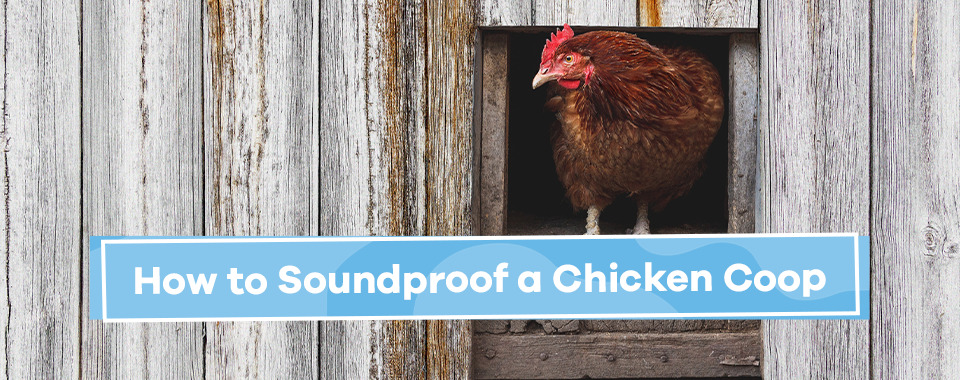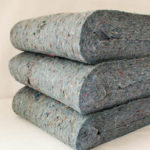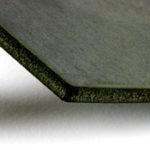
There’s plenty of value in owning chickens, and many rural and suburban residents choose to do so. While your chickens provide multiple benefits like a steady supply of healthy eggs and free, natural fertilizer for your garden, they cock-a-doodle-do create a lot of noise.
If you or your neighbors are growing tired of the early morning wake-up calls, soundproofing your chicken coop can be the perfect solution. Here’s the Soundproof Cow’s guide to limiting chicken coop noise.
Key Noise Sources
Before you can reduce noise coming from your chicken coop, it’s important to understand the types of noise you need to combat. Chickens produce two types of noise — impact and airborne. Thankfully, soundproofing tactics can address both types.
You may be able to hear scratching and clawing from afar, but the most pertinent noise source to address in a chicken coop is the noise roosters create when they crow in the morning, caw at danger, or argue over a place to roost. These sounds are considered airborne.

Trapping Chicken Coop Noise
When you want to limit how much noise your chickens make, you’ll want to start with their coop. While chickens spend a portion of the day outside where you can’t limit noise transfer, they still spend a lot of time in the coop, especially in the morning, when their crows are the most disruptive.
Chicken coop soundproofing aims to trap as much sound as possible while still allowing ventilation so the chickens can breathe. There are two primary methods for containing noise within a chicken coop:
Adding Mass
One of the best ways to prevent noise from escaping a chicken coop is to add more mass for the noise to travel through before it can reach anyone’s ears.
If you’re building a new coop or already have one in place, install mass loaded vinyl (MLV) barriers to add density to the coop’s walls. MLV barriers reflect sound, meaning they’ll contain soundwaves within the chicken coop. Quiet Barrier™ Soundproofing Sheets are durable, flexible and easy to install using nails or adhesive.
Just remember — your chickens will need some ventilation, so don’t cover every single crack. Instead, leave openings on the side of the coop that faces the fewest neighbors.
Insulating Surfaces
In addition to reflecting noise, you can soundproof a chicken coop by absorbing noise. Sound absorption works in conjunction with sound reflection to dampen the noise that the reflective materials trap.
Soundproofing insulation addresses airborne noise by providing a thick layer that soaks up and disperses sound. You can install Quiet Batt® Soundproofing Insulation within a chicken coop’s walls for effective sound absorption while preventing the chickens from pecking at the cotton-based material. What’s more, this insulation works double-duty to keep your brood warm during the winter.
Need Some Quiet on the Farm? Call Soundproof Cow!
Soundproofing materials can address both airborne and impact noise in chicken coops so your neighborhood can have some peace and quiet. For more helpful soundproofing tips or to receive a free acoustic analysis at your home, reach out to Soundproof Cow today!








